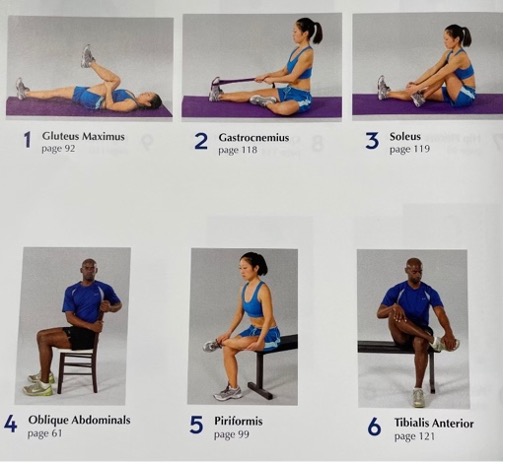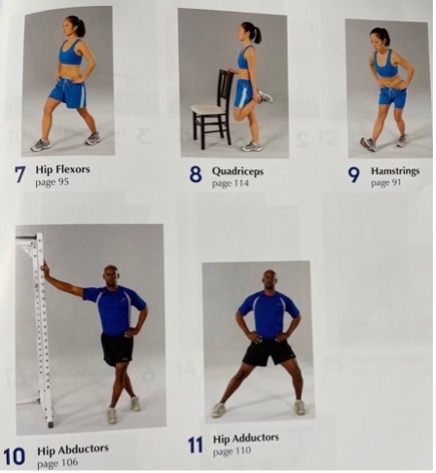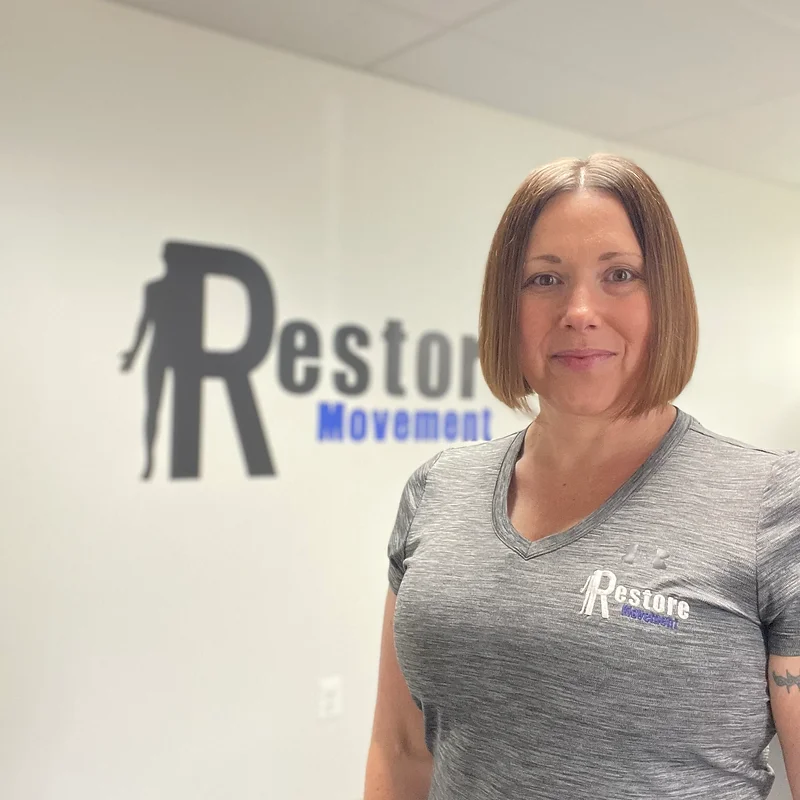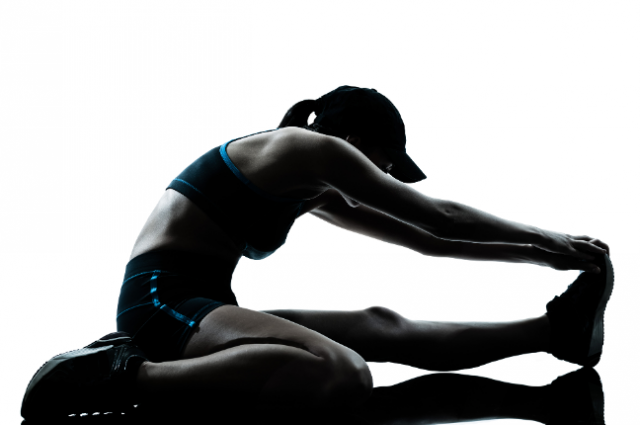By Jennifer Noll, MS
STRETCH YOUR LIMITS; BREAKING THE GLASS CEILING OF PERFORMANCE
If it seems to you like stretching has been getting more buzz lately, you’re not wrong. Stretch franchises are popping up, your trainer is probably doing more of it, and even massage therapists are getting in on the action. Whether you are stretching yourself, independently, or have a partner assist, stretching is encouraged as part of an overall health and fitness program.
Various soft tissue, such as connective tissue, fascia, ligaments, tendons, and of course muscle, respond to stretching in distinct ways.
Here’s a basic anatomy lesson:
Fascia is considered the wrapper holding together muscles, ligaments, tendons, and organs. Ligaments connect bone to bone with limited blood flow, while tendons connect muscles to bone with a little more blood flow than ligaments. Muscles have the most blood flow, and function by contracting and relaxing. Muscle contractions tell muscle tendons to move bones. Many muscles work together to create movement. When movement becomes restricted or limited due to being tight, this can create stress on the muscle tendon, and decrease range of motion at joints. Because ligaments are thick fibrous connective tissue with minimal blood flow, you should be careful not to stretch them repeatedly over time, because they need to remain taut to keep joints stable. If they become lax (think of repeatedly spraining your ankle, the joint becomes more unstable due to the joint laxity) and you’re more prone to injury. However, stretching muscles in a variety of ways will help improve blood circulation, prevent injury, improve range of motion at joints, and improve sports performance in certain sports.
Now let’s look at the many different forms of stretching:
The three broad categories are passive, active, and assisted, while further dividing them into movement characteristics, static, ballistic, and dynamic.
Passive stretching keeps the target muscle relaxed as an outside force applies the stretch, either by self or partner assisted.
Static stretching lengthens a muscle slowly and is held in a comfortable range for 15-30 seconds.
Partner-Assisted passive stretch is often used to increase flexibility at the extremes of range of motion, such as with gymnastics where max flexibility is important for performance. This type of stretching is also beneficial for people who experience pain during active movements. A trained/skilled professional is required to ensure the partner assisting with the stretch does not injure the person being stretched.
Active stretching means the stretcher is doing the work.
Active stretching has been seen to be safer than passive stretching because the chances of over stretching, or injury are slim. Active stretching subcategories are ballistic stretching, which is performed with rapid, bouncing movements that force the muscles to lengthen. This type of stretching is also only recommended under supervision of a trained/skill professional due to the likelihood of doing it incorrectly and potential for injury, as it can put an excessive amount of tension on the muscle and tendons.
Dynamic stretching is the most recommend stretch before activity because it moves a limb through its full range of motion. When warming up using dynamic stretching the rule of thumb is to include the muscles that your activity or workout will target.
STRETCH BETTER TO PERFORM BETTER
Guidelines for stretching:
Stretching helps to prevent injuries, stimulates blood flow, improves sports performance, feels good, and is mentally relaxing. Because of that, I recommend stretching AFTER a 10/15-minute warm-up. Evidence has shown that warm muscles stretch more effectively than cold muscles. Warming up will also help reduce stiffness and get blood flow to the muscles, which will help them stretch more easily. A warm-up also helps reduce the likelihood of injury during stretching. My general rule of thumb is that everyone should stretch before a workout or activity and AGAIN after the completion of the activity, as part of the cool down. Since there is research that suggests stretching before some athletic activities can decrease athletic explosiveness, power, and speed, it is best to stick with a dynamic stretching warm-up to be on the safe side. For those seeking general fitness, an active or dynamic stretching routine is preferred and most beneficial.
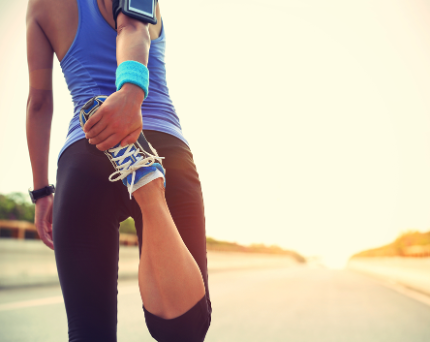
On the backside of the workout, stretching at the end of activity during a cool down is ideal to return muscles back to their normal resting length. This is because the muscles worked have been under tension and are left in a repeatedly shortened portion. Static stretching is more beneficial at the end of a workout for this reason, stretching them while they are still warm.
Realistically I know that everyone is busy these days, so the questions becomes “when is the best time to stretch if time is limited?” My answer? Post workout, and here’s why: Your warm-up will become more important. Eliminating stretching does not mean skipping the warm-up, it just needs to mimic the movements more closely that your workout or activity will be and is still crucial to the overall workout. The main reason post exercise stretching is the better option when pressed for time is because you are returning muscles back to their normal resting length. Skipping stretching at the end of your workout will leave your muscles short and over time could lead to chronically tight muscles, which will then be harder to relax and possibly lead to injury.
“No pain, no gain” is NOT how stretching works (or anything exercise-related really). Stretching should not cause pain. Pain signals our fight or flight response and will not allow the muscle to relax and lengthen for fear of injury. Stretching should feel comfortable to be effective. Also remember that flexibility varies, which means take each day as it comes; some days you’ll naturally feel less flexible than others. Keep the bigger picture in mind when it comes to improving flexibility, just like with any other aspect of your health and fitness goals. Small gains over time lead to big changes.
If you’re taking part in a Holiday race event this winter season, it will certainly be chilly, so your muscles would love to be warmed up and stretched before you run or walk. Walking or jogging around the event area, or doing jumping jacks, or mountain climbers in place will help you warm up before the race. The following stretches are what I recommend for a running or walking event:
